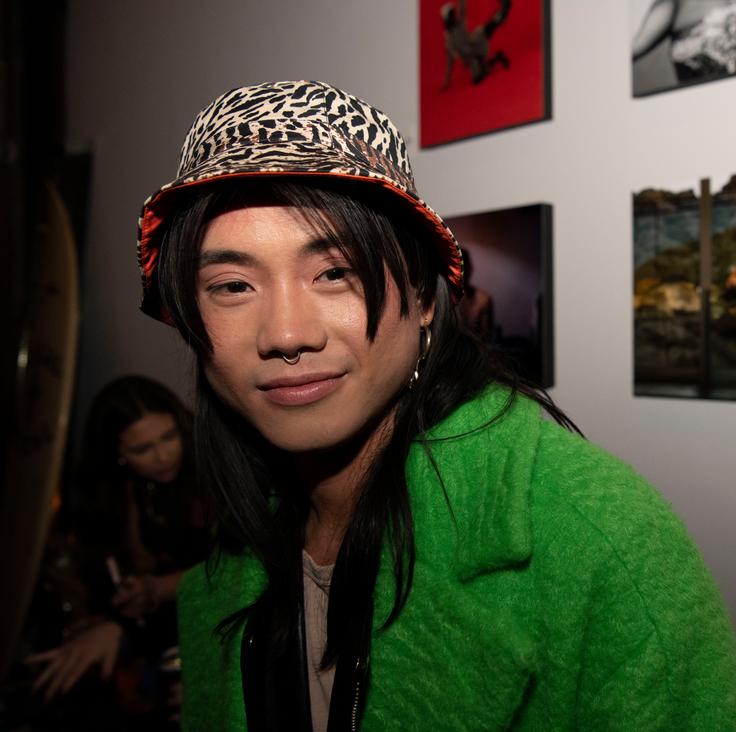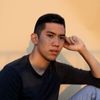The Black Lives Matter protests in 2020 were fueled by images that reshaped how many of us think about representation. At first, these were images of injustice, then, in the months that followed, resistance. Those images paved the way for a visual culture that ushered in a new wave of photographers of color who, through their striking and emotionally complex work, redefined what it means not just to be seen but also felt.
When HuffPost Voices — newly relaunched as a section focused on celebrating the identities we embody — conceptualized an IRL photography pop-up this fall, three photographers came to mind as featured artists: Justin Wee, Kamyiis Mclean and Myles Loftin. They’d not just found success through representing queer people and people of color, but also by reclaiming the stories that are told about their communities by outsiders. In a culture that tends to co-opt and exploit our experiences as queer people of color, seizing those narratives felt like the only logical place to begin redefining what it means to be us.
Loftin’s career took off when he was a student at Parsons, where he worked on a photo project called “HOODED.” Its intent was to offer a counter-narrative to the widespread stereotypes about Black men in hoodies; namely, that a Black person wearing one is criminal by default. To turn that on its head, “HOODED” featured joyfully nuanced images of Black men in colorful hoodies, smiling, hugging each other and frolicking.
Loftin has held on to the ethos that gave birth to “HOODED” throughout his flourishing career, which includes high-fashion print covers. The 24-year-old says that, although the project was criticized by some for the perceived feminization of the men in it, he believed that those people were just uncomfortable because they weren’t used to seeing Black men embracing the radical act of joy. It’s that discomfort that signals a touched nerve and, hopefully, a shifted belief system — one that realizes that Black men are not a monolith nor are they vehicles for outsiders’ ignorant stereotypes.
One of Loftin’s recent and notable portrait series features members of the House of LaBeija, a ballroom house that has welcomed Loftin in as chosen family. Their expressions of transness and queerness, manifested through movement and clothes, have helped Loftin step into his own identity and sustainable peace.
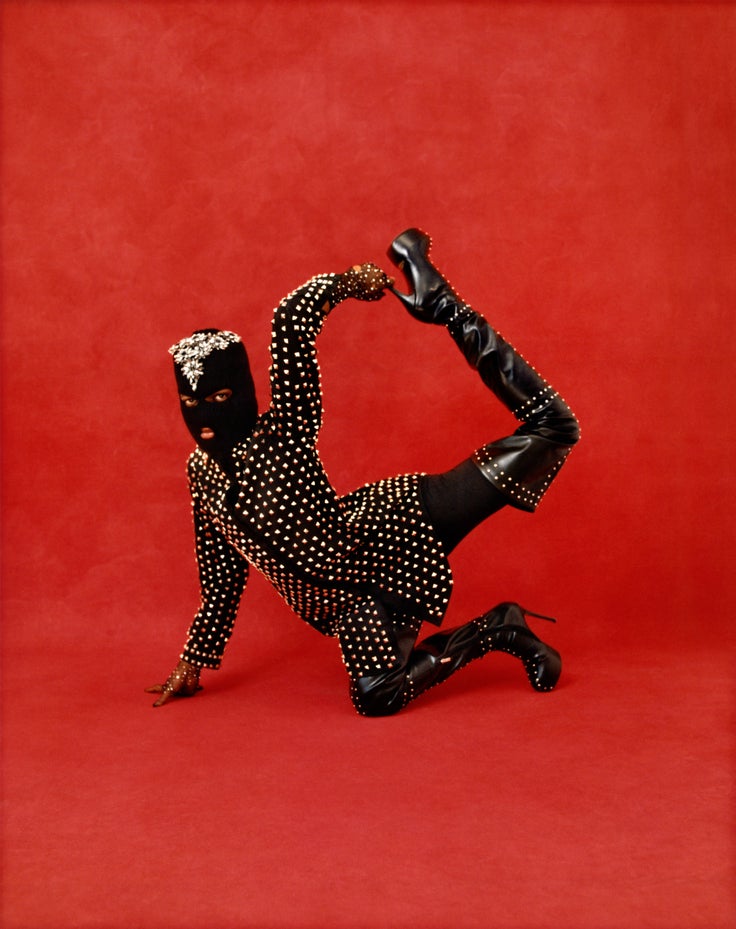
These portraits all challenging tenets about the ways in which queer and/or people of color should “behave.” Especially in today’s political climates, merely “seeing” a marginalized person is not enough because the ways in which we’ve been seen historically always come with a default set of baggage. Black men and other marginalized people are hypervisible ― disproportionately seen, actually. And often the attention tends to be ambivalent or even destructive. That’s something that Justin J. Wee, an Asian-Australian photographer, addresses in his work, too.
When he’s not shooting, Wee does drag — and the two worlds overlap in harmonious, unexpected ways. He points to the ways in which both mediums allow him to see himself and others in ways that feel complicated, multilayered and ultimately freeing. “I love creating an environment where the people that I’m photographing can see a version of themselves that they don’t normally get to see,” Wee says.
His drag challenges his relationship to himself in a way that his photography does for others.
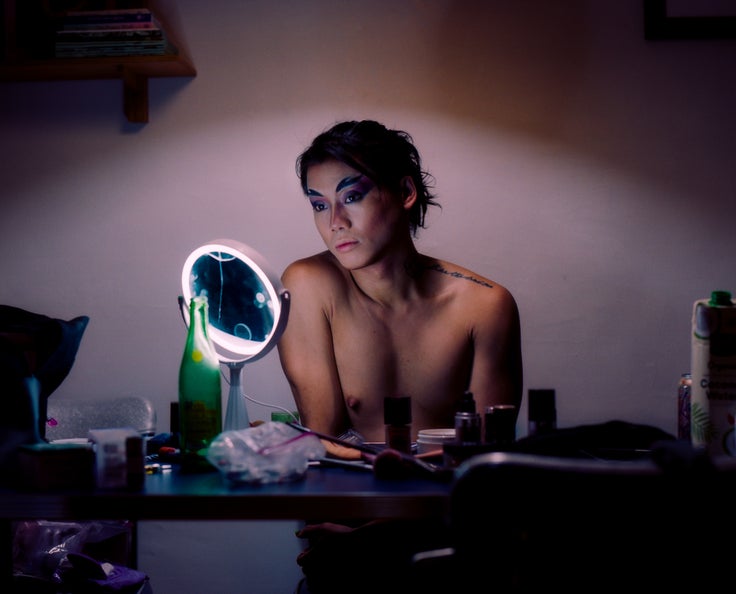
In one of the portraits displayed at the Voices event earlier this month, Wee is shirtless, his face halfway beat and aglow across a cosmetic mirror. The image is tender, carrying a weight familiar to any queer child of immigrants who understands that to reach a fuller version of oneself often means having to depart, in some way, from family.
“As Asian folk, we’ve been indoctrinated in a very specific form of masculinity or culture or obligation to our families, and I really want to see myself in a way that I wasn’t allowed to as a kid,” Wee tells me. “I just want to reclaim that for myself.”
Mclean is similarly on a photographic journey that involves both reclaiming his narrative and helping others craft and nurture their own. He was born and raised in Jamaica and moved to New York in 2016 to pursue his dreams of photographing queer people and fashion, two subjects that weren’t particularly favored back home. Mclean’s photographs, which have been featured in Vogue as well several other fashion outlets, are imbued with a quiet defiance that aims to empower Black and brown people. His images often include subjects adorned in garments and accessories that are meant to harness their inner majesty. In one portrait, a woman carries a basket of flowers in a desert while wearing a flowing black dress, embedding elements of glamour to a peacefully bucolic scene.
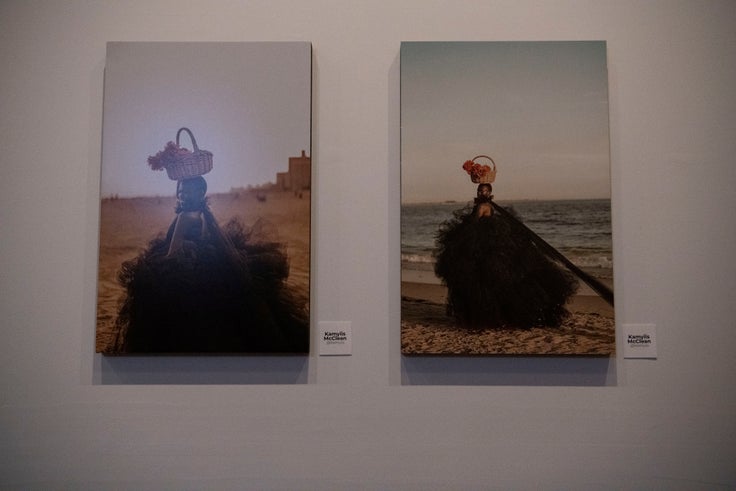
The 25-year-old got his first big break during the pandemic and the Black Lives Matter protests, when he took a picture of a person holding a sign that said “Power to the People,” which went viral. “The pandemic brought everyone of color to the next level,” he says. “It opened their eyes, and they saw that it was a movement that’s supposed to be about our representation.” For Mclean, glamor and power go hand-in-hand since they both evoke a sense of agency, especially for Black subjects. Regardless of the assignment, owning your own story is paramount for him.

The three photographers were already putting out meaningful work before the pandemic, but BLM as an evolving movement gave them a real chance to tell stories that might have been deemed too complicated just a few years earlier. Through their images, the photographers are still shaping the legacy of the movement, hopefully one that moves us all closer toward a world in which our identities are shaped by stories told through a love of the self rather than the uninformed gaze of others.
Ultimately, true representation means allowing historically disrespected people to embody the full beauty and complexity of the human condition. This isn’t, Wee believes, just about being seen but about making us feel whole.
“‘Being seen’ is such a buzzy thing to say, and I feel cynical about it now,” he says. “What’s important is to give people agency, to give people tools that allow them to self-actualize — and not just give them a moment.”
